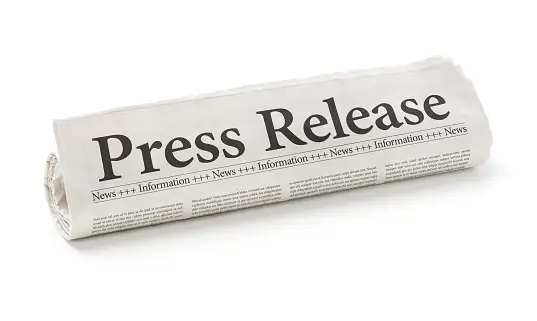Writing an effective press release is crucial for capturing the attention of media outlets and achieving your communication goals. A well-crafted press release can help you generate media coverage, promote an event, launch a new product, or make an important announcement. Here’s a comprehensive guide to help you write an effective press release for distribution.
1. Understand the Purpose of Your Press Release
Before you begin writing, clearly define the purpose of your press release. Whether it’s to announce a new product, an event, a business merger, or a significant achievement, your press release should have a clear and focused message. Understanding the purpose will guide the content and structure of your press release.
2. Know Your Audience
Identify the target audience for your press release. This includes considering the media outlets and journalists you want to reach, as well as the broader audience who will ultimately read your news. Tailor your message to resonate with this audience, using language and examples that appeal to them.
3. Craft a Compelling Headline
Your headline is the first thing readers and journalists will see, so make it attention-grabbing and informative. A good headline clearly communicates the news value of your press release in a concise manner. It should be engaging enough to entice the reader to continue reading.
4. Write a Strong Lead Paragraph
The first paragraph of your press release is critical. It should answer the who, what, when, where, why, and how of your story. This lead paragraph must provide the most important information, as journalists often decide whether to continue reading based on the strength of the lead.
5. Provide Supporting Details
Following the lead paragraph, provide additional details to support your announcement. This can include background information, quotes from key stakeholders, statistics, and any other relevant details that add depth to your story. Ensure that the information is presented in a logical order, making it easy for journalists to understand and report on your news.
6. Include Quotes
Quotes add a human element to your press release and provide an opportunity for key figures in your organization to share their perspective. Make sure quotes are relevant and add value to the story. They should reflect the significance of the announcement and the impact it has on your company, industry, or community.
7. Keep It Concise
An effective press release is concise and to the point. Aim for around 300-500 words. This ensures that your message is clear and that readers stay engaged. Avoid jargon, technical language, or unnecessary details that could confuse or alienate your audience.
8. Provide a Clear Call to Action
What do you want readers or journalists to do after reading your press release? Whether it’s visiting a website, attending an event, or contacting your company for more information, include a clear call to action (CTA). This guides the reader on the next steps and helps achieve your press release’s objectives.
9. Add Boilerplate Information
At the end of your press release, include a boilerplate—a short paragraph about your company, including its mission, history, and key achievements. This provides context about your organization and its relevance to the announcement.
10. Include Contact Information
Make it easy for journalists and interested parties to reach out for more information or clarification. Include the name, phone number, and email address of the primary contact person for this press release.
11. Follow Press Release Formatting Guidelines
Format your press release according to industry standards. This typically includes placing the date and location at the beginning, using a clear and readable font, and organizing the content with headings and bullet points where appropriate. Adhering to standard formatting makes your press release professional and accessible.
12. Proofread and Edit
Before distribution, thoroughly proofread your press release for grammatical errors, typos, and factual inaccuracies. An error-free press release reflects professionalism and credibility.
13. Choose the Right Distribution Channels
Select the most appropriate distribution channels for your press release. This could include sending it directly to journalists and media outlets, using a press release distribution service, or posting it on your company’s website and social media channels.
14. Follow Up
After distributing your press release, follow up with key journalists and media outlets to ensure they received it and to gauge their interest. A personal follow-up can increase the chances of your press release getting noticed and covered.
15. Evaluate and Learn
After your press release has been distributed and covered, evaluate its impact. Analyze media pickups, website traffic, and any other relevant metrics to assess the effectiveness of your press release. Use these insights to refine your approach for future press releases.
Conclusion
Writing an effective press release requires careful planning, clear and concise writing, and strategic distribution. By following these guidelines, you can craft a press release that captures the attention of the media, communicates your message effectively, and helps you achieve your communication goals. Remember, the key to a successful press release is not just in the writing, but in how well it resonates with your target audience and how effectively it is distributed and promoted.

